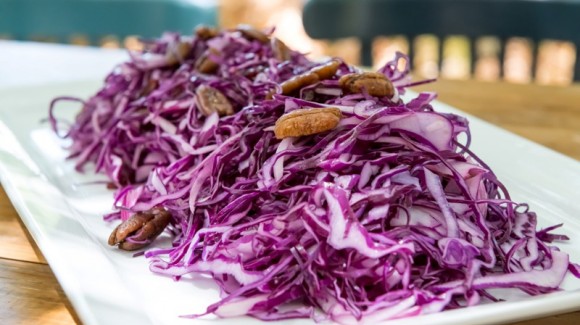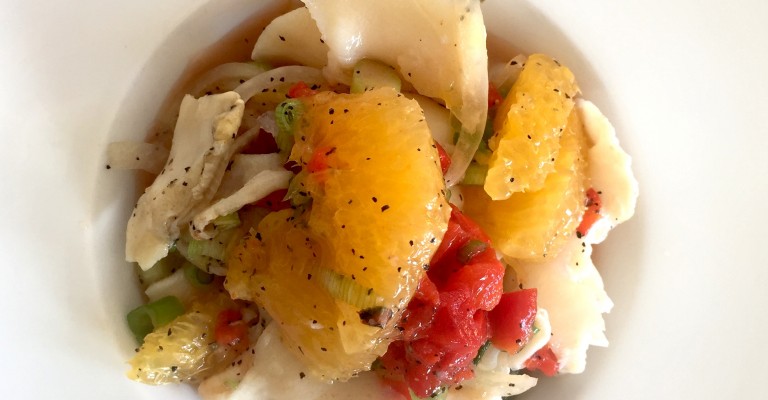Queen conch, pronounced ‘konk’, is a marine snail native to the coasts of the Caribbean, the Florida Keys, the Bahamas and Bermuda, and holds a special place for all Caymanians as a food source.
Conch fritters, conch chowder and cracked conch are popular items on any menu in Cayman, but my favourite recipe is this conch ceviche salad that combines the amazing holiday flavours of lime, lemon and ginger with tomatoes, oranges and fresh corriander.
Preparation
- Marinate conch in the lemon and lime juice for 30 minutes.
- Add all other ingredients and mix well.
- Marinate for another 2 hours or overnight.
- Season to taste with salt and pepper before serving.
Tips from the author
The iconic conch shell is one of the most beautiful that I have seen and if you love listening to the sound of the ocean through a seashell, then I highly recommend this one.
Wandering around the island of Grand Cayman you may find abandoned conch shells that are used by marine creatures, including the cardinal fish and octopus, as protection from predators.
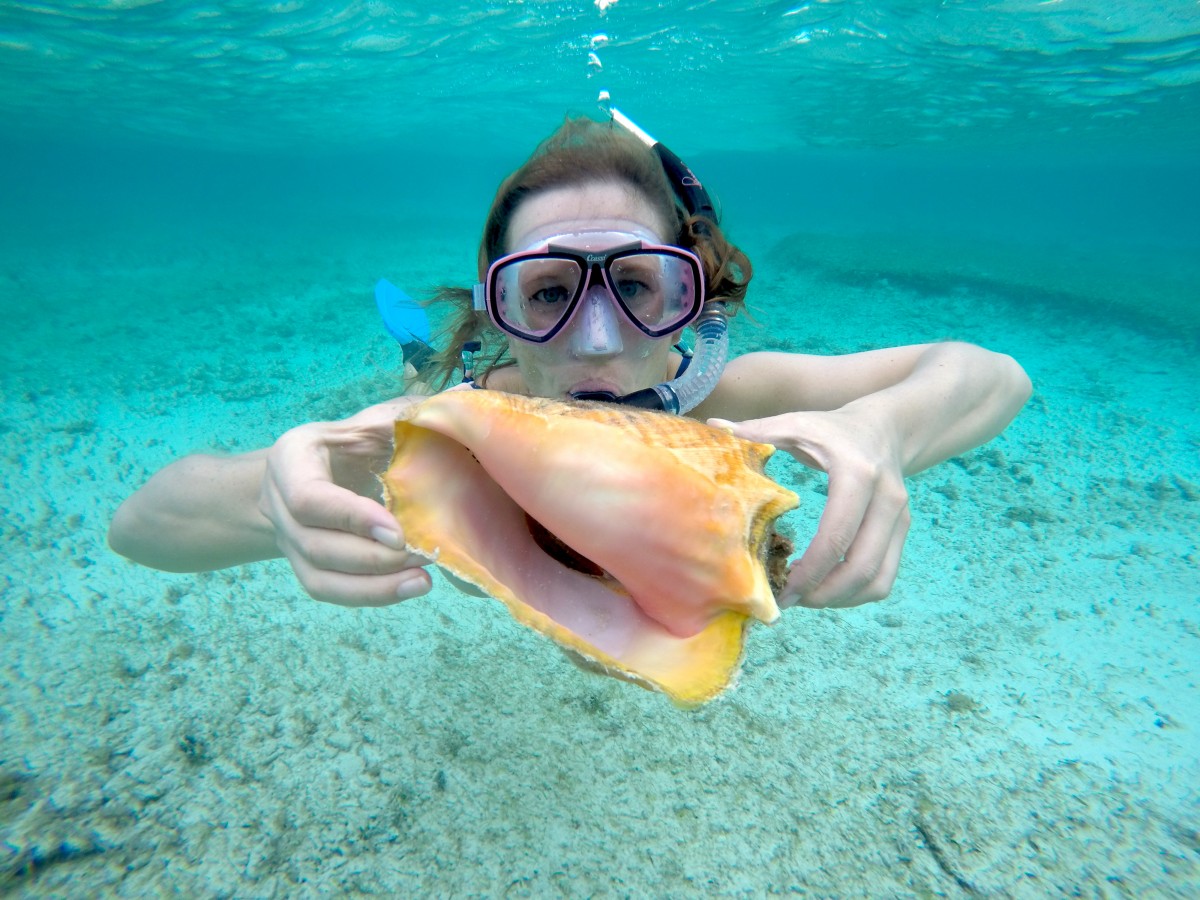
The queen conch lives an average of seven years but is known to live up to 30 years. They eat algae and other tiny marine plants and produce natural pearls that come in a range of hues, including white, brown, orange and pink.
In the days of Cayman’s early settlers, out of necessity, Caymanians relied on the sea and the land; coral fans for sieving flour, fish skins for scrubbing, the washwood plant for soap and conch shells as trumpets for warning ships of dangerous rocks near the shoreline. The lip of the conch shell was also used to make knives, axe heads and chisels.
It’s very important that I also mention queen conch are vulnerable to overfishing because they are relatively slow to grow, late to mature, aggregate to mate, and are easily harvested in shallow waters.
The open season for conch in Cayman begins on 1 November and runs until 30 April. During this time, up to five conch can be taken from the water per person or 10 per boat per day; whichever is less, according to the regulations.
“Conscious consumption” is key if we want to enjoy the nutritious and beautiful qualities that the mollusk provides. Conch can only be taken from areas that are not within designated marine protected areas around the three islands of Cayman, including Wildlife Interaction Zones.
As part of my food education I have learnt that to remove the snail, you need to break the vacuum created by the mollusk by making a hole in the shell on the top on an inside spiral. To create this hole, use the sharp tip of another conch or a hammer. Once the suction is broken you can pull the snail out.
Related salads chosen by others
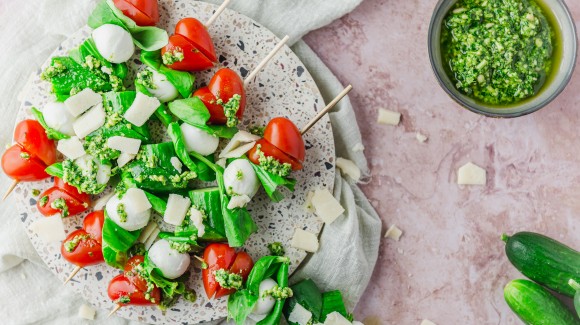
Caprese hearts with baby cucumbers and pesto
Average 3 of 5 stars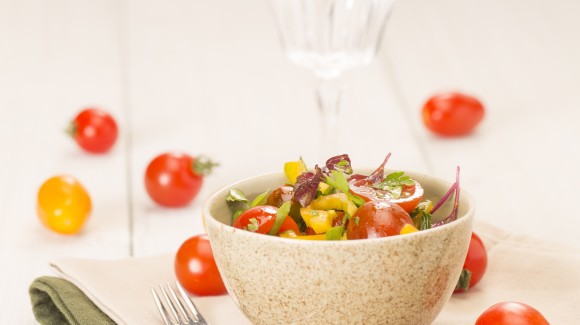
Thai inspired tomato salad
Average 3 of 5 stars